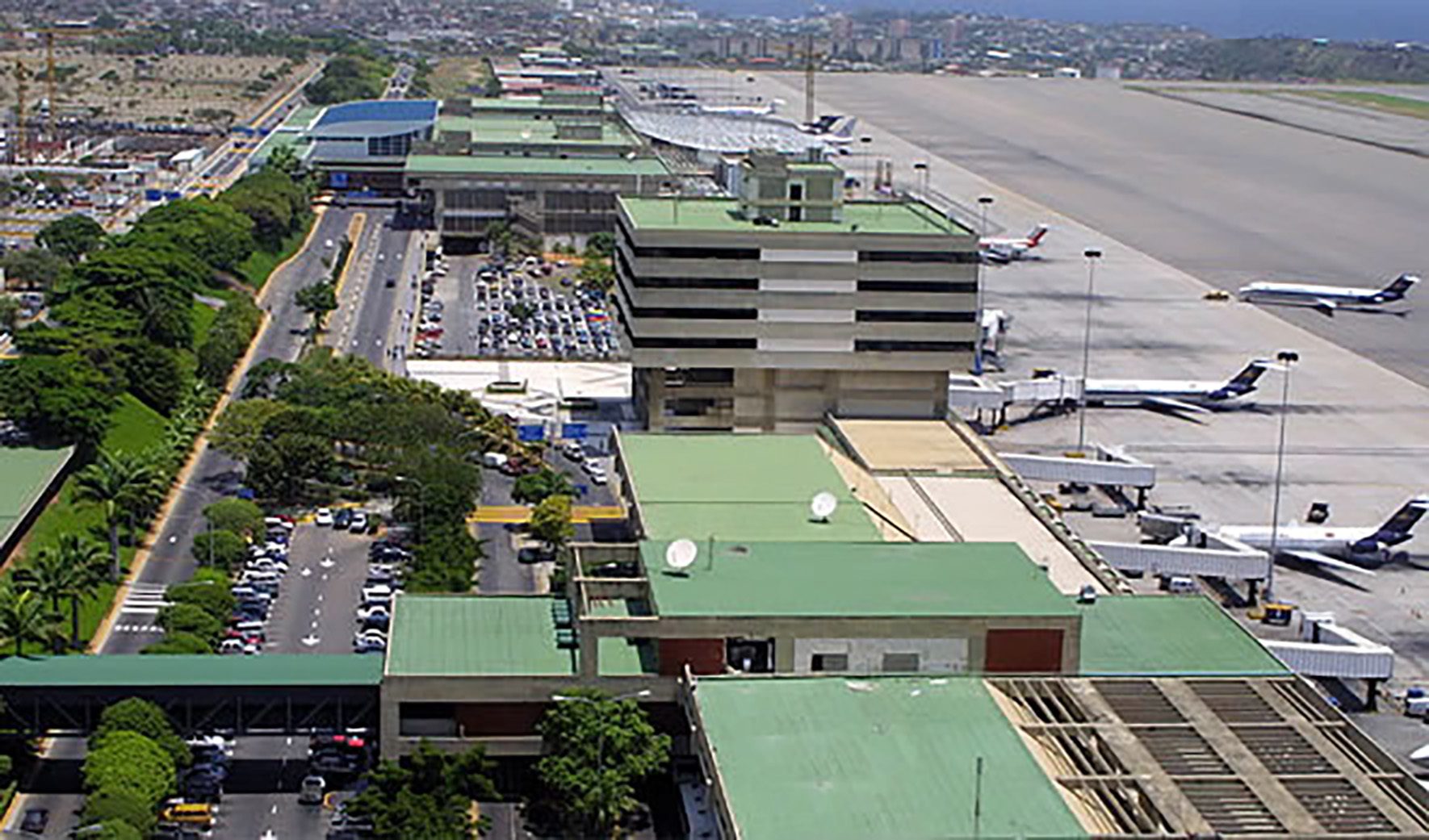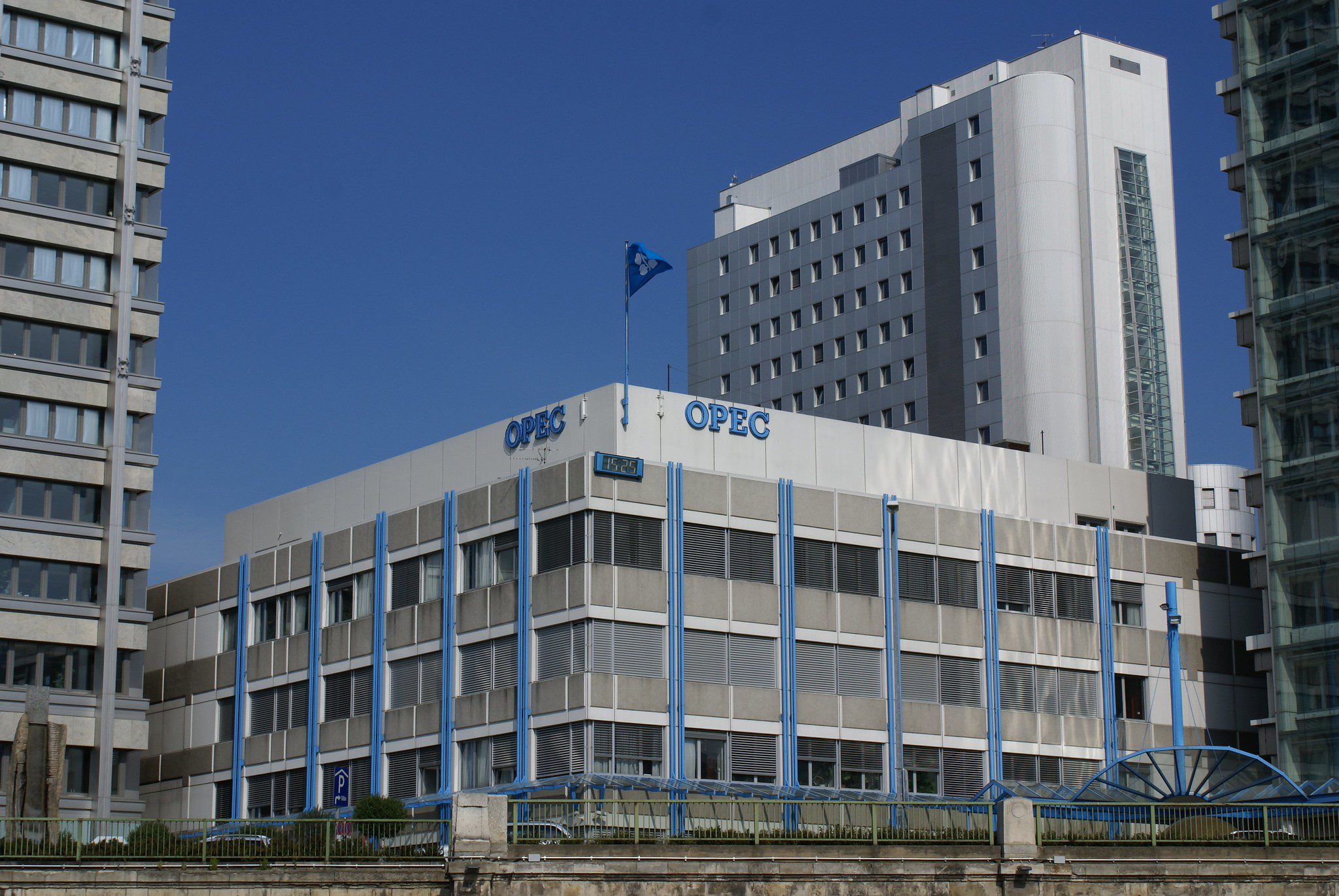Economic Commission for Latin America and the Caribbean. Photo: ECLAC Image Gallery.
Guacamaya, August 6, 2025. The Economic Commission for Latin America and the Caribbean (ECLAC) has revised its growth estimate for Venezuela in 2025 upward, projecting a 2% GDP growth, after forecasting a 1.5% contraction in April. This improvement comes amid a regional economic slowdown and official figures reporting strong dynamism in the first half of the year.
In its Economic Survey of Latin America and the Caribbean 2025, ECLAC warns that the region is going through a phase of lower dynamism following the rebound seen at the beginning of 2024. Regional GDP growth will decline from 2.3% in 2024 to 2.2% this year, confirming a decade of low growth with an average expansion of just 1.2% between 2016 and 2025—even lower than that recorded in the 1980s.
In the list of projections, Venezuela ranks in the middle with 2%, below countries like Argentina (5%), Panama (4.2%), and Paraguay (4%), but above economies such as Mexico (0.3%) or Bolivia (1.5%). Cuba (-1.5%) and Haiti (-2.3%) are the only countries expected to see declines.
ECLAC notes that the Venezuelan economy continues to be constrained by factors such as low investment, moderate consumption, high informality, and persistent structural inequalities, compounded by external risks like the trade war driven by the United States and a restrictive international financial environment.
Meanwhile, Nicolás Maduro reported that the Venezuelan economy grew by 7.71% in the first half of 2025, driven mainly by oil activity (14.99%) and mining (11.23%). He also highlighted progress in sectors such as accommodation and food services (8.25%), commerce (7.19%), and telecommunications (7.13%).
Maduro attributed these figures to a “special bulletin” from the Central Bank of Venezuela (BCV) and stated that “Venezuela continues to lead growth in South America so far this year,” with quarterly increases of 9% and 6.65% in the first two quarters, respectively.
The UN agency projects that the region will grow by 2.3% in 2026 but warns that the outlook is marked by high uncertainty and a potential intensification of global risks that could impact recovery







